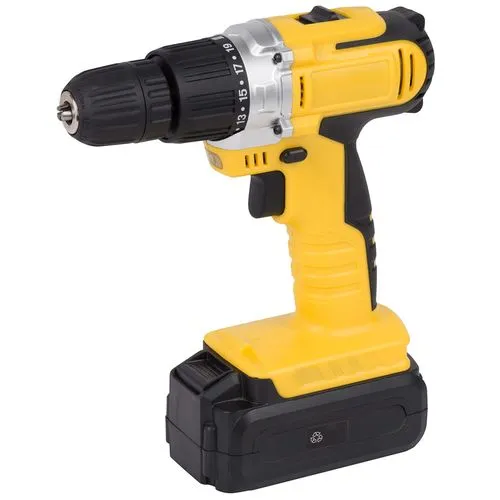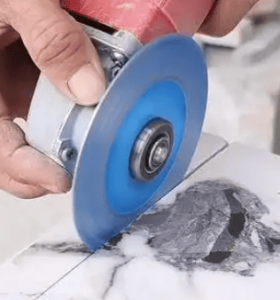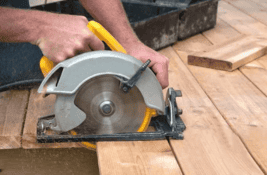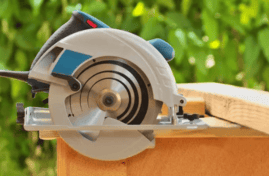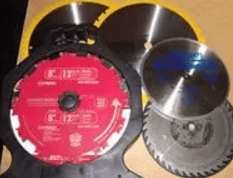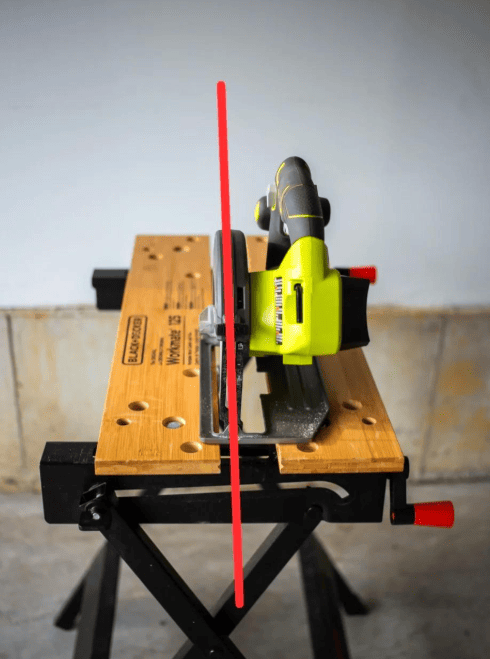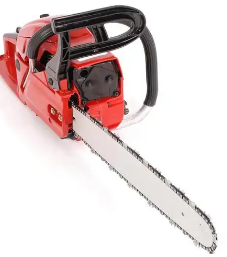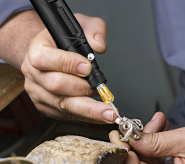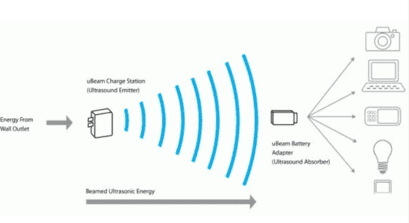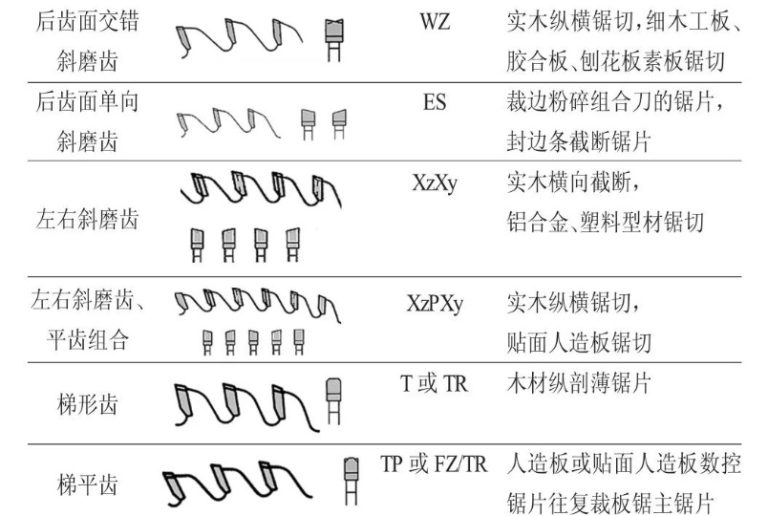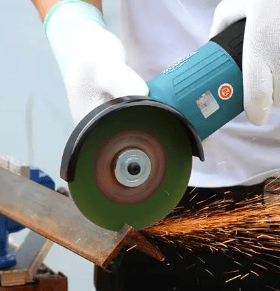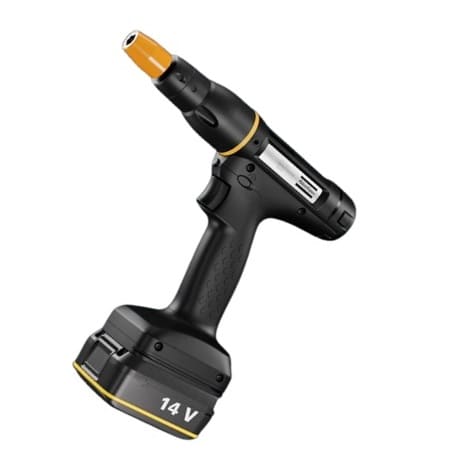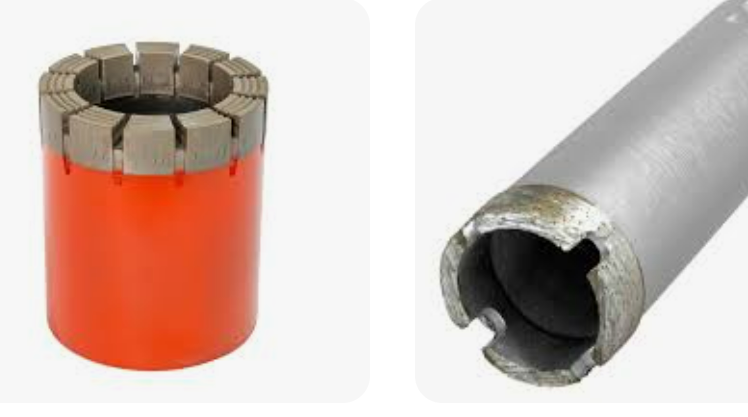Is there a difference between SDS and SDS Plus drill bits?

Types and Differences of Hammer Drill Bits
Hammer drill bits are divided into two categories: standard hammer drill bits and SDS hammer drill bits.
- Standard hammer drill bits are suitable for light-duty tasks, such as drilling wall holes for outlets or switches.
- SDS hammer drill bits are designed for heavy-duty applications, such as chiseling concrete or stone. Compared to standard bits, SDS bits have a more complex structure, broader applicability, and a higher price.
How to Choose the Right Hammer Drill Bit
- Type of Work
- For light-duty work, standard hammer drill bits are sufficient.
- For heavy-duty tasks (e.g., concrete demolition), SDS hammer drill bits are recommended.
- Diameter
- Small-diameter bits (e.g., 6–10mm) are ideal for small holes (e.g., electrical outlets, light fixtures).
- Large-diameter bits (e.g., 12–28mm) are used for bigger holes in concrete or masonry.
- Brand
Reputable brands ensure better quality and longer lifespan. - Price
Prices vary by brand and specification. Choose based on budget and project needs.
Conclusion
Selecting the right hammer drill bit depends on the type of work, diameter, brand, and price. The correct choice improves efficiency and ensures quality.
Why Are Hammer Drill Bit Shanks Larger?
- SDS Bit Compatibility
Hammer drills use SDS (Slotted Drive System) bits, which have larger shanks than standard drill bits. - SDS Bit Design
SDS bits feature a spring-loaded chuck system with grooves and locking mechanisms for higher torque transmission and secure attachment. - Purpose of the Larger Shank
- The oversized shank allows for a “bayonet-style” locking mechanism (similar to a “twist-and-lock” design).
- This prevents slippage under heavy impact, improving durability and efficiency.
- How to Install an SDS Bit
- Insert the SDS bit fully into the chuck.
- Twist and lock it into place.
- Engage the locking collar (if applicable).
- The bit is now secure and ready for use.
Conclusion: The larger shank ensures a stronger grip and higher torque resistance, making SDS bits ideal for hammer drills.
Decoding Drill Bit Model Numbers
When purchasing drill bits, you may encounter codes like 5mm, HSS, SDS, etc. Here’s what they mean:
- Diameter (e.g., 5mm) – Indicates hole size.
- HSS (High-Speed Steel) – For drilling metal, alloy, or steel.
- SDS (Slotted Drive System) – For concrete, brick, or masonry.
- Wood Drill Bits – Optimized for wood (different flute design).
- Titanium-Coated Bits – More wear-resistant and durable.
How to Choose the Right Drill Bit
- Match the diameter to the hole size needed.
- Select the material (HSS for metal, carbide for masonry).
- Ensure the length suits drilling depth.
- Use the right bit type (e.g., twist, spade, or masonry).
- Control speed and cooling to extend bit life.
Conclusion: Always choose a bit based on material, hole size, and application for optimal results.
Are Square-Shank and Round-Shank Hammer Drill Bits Interchangeable?
Differences Between Square and Round Shanks
- Square Shank (SDS-Plus/SDS-Max)
- Used with SDS-compatible hammer drills.
- Provides higher torque transfer and rigidity.
- Ideal for heavy-duty drilling (concrete, demolition).
- Features a quick-change mechanism.
- Round Shank
- Fits standard 3-jaw chucks (regular drills).
- Used for light-duty tasks (DIY, furniture assembly).
- Less rigid than SDS bits.
Compatibility
- No, they are not interchangeable.
- SDS bits require an SDS chuck, while round shanks need a standard drill chuck.
- Always match the bit shank to your tool’s chuck type.
Final Verdict:
- SDS (square shank) = Heavy-duty hammer drills.
- Round shank = Standard drills for light work.
Choose based on your tool and project demands.
If you are interest click and read DC charger.


